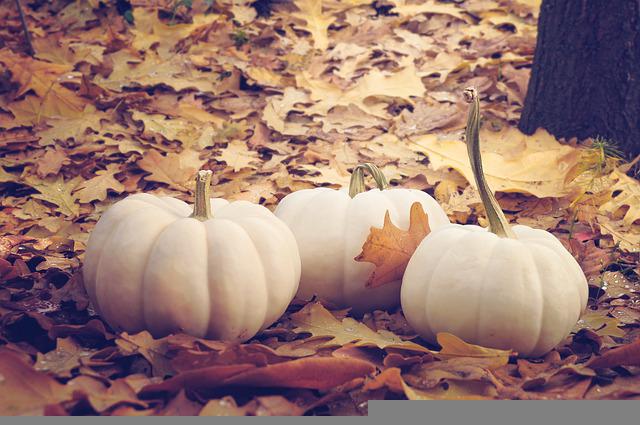Are Pumpkins Invasive? Do They Regrow Each Year?

Pumpkin is not an invasive species, and in fact, it has a beneficial ecological role. Pumpkin fruits are eaten by birds and other wildlife who disperse the seeds throughout their habitat. As a result of this natural dispersal process, pumpkin populations continue to grow in areas where they are consumed. This helps to create favorable conditions for plant growth and prevents the introduction of unwanted species into new areas. Additionally, pumpkins serve as important food sources for deer, bobcats, rabbits, groundhogs, and other animals during the autumn season.
Table of Contents
How Do Pumpkins Grow?
It’s important to understand how it grows before we get into the specifics of when and how to trim your pumpkin plant.
First and foremost, there is the main vine, which originates from the plant’s roots. This is the thickest one you’ll come across when inspecting your plant.
Secondary vines, known as “runners,” grow from the main vine and produce secondary roots if allowed to grow unimpeded.
Any of these vines can produce leaves and flowers, and fruit. If you notice any tertiary vines, it is best to remove them as soon as possible so that nutrients are not diverted from the main and secondary vines.
While it can be a challenge to figure out which is which in your plant, it’s worth the effort so that when it’s time to trim, you’ll know exactly what you’re looking at.
Do Pumpkins Regrow Each Year?
Pumpkins are a popular backyard vegetable to grow because they are easy to start from seeds and produce a large crop that can be stored for several months. But do they always come back?
Pumpkin is an annual plant that is fragile and can’t handle frost. Because of this, pumpkins need to be replanted every year if they are to produce a steady crop. Even though pumpkins can grow from their seeds, it often doesn’t happen. This is because pumpkins are usually big, and there aren’t many on each plant. The fruit is rarely left on the plant to grow more fruit.
Luckily, the seeds are very easy to get and don’t require much work. The next time you use a pumpkin in the kitchen, you can scoop them out of the middle of the fruit. When you get the seeds, it’s best to take off the pith and wash them before letting them dry. Some people even take the seeds out of pumpkins they bought at the store and plant them.
Tips for Growing Pumpkins
In the fall, if you take the time to ensure that your plants’ fundamental requirements are satisfied, there is a very good chance that you will be rewarded with a satisfactory harvest. However, suppose you are willing to do a little more work than necessary to cultivate your pumpkins. In that case, the following suggestions will help you produce larger and more abundant pumpkins overall.
- If you don’t want water to get on the leaves, it’s best to use a soaker hose or drip irrigation to water the soil directly.
- To prevent the fruit from going bad, place it on cardboard or newspaper elevated off the ground.
- Plants should be positioned to be close to the garden’s edge to prevent them from taking over other vegetables.
- If at all possible, drink water first thing in the morning.
- When the main vines have grown to two feet, pinch off the tips of the main vines to encourage branching and higher yields.
- After three or four giant pumpkins have formed, remove the rest of the pumpkins as they mature so that more can grow.
- Plant vines among companion plants such as sunflowers, corn, or other tall plants so that the shade they provide to the soil will benefit the other plants.
- Root crops should not be planted in this area.
- By planting flowering ornamentals in your yard, you will attract more pollinators.
